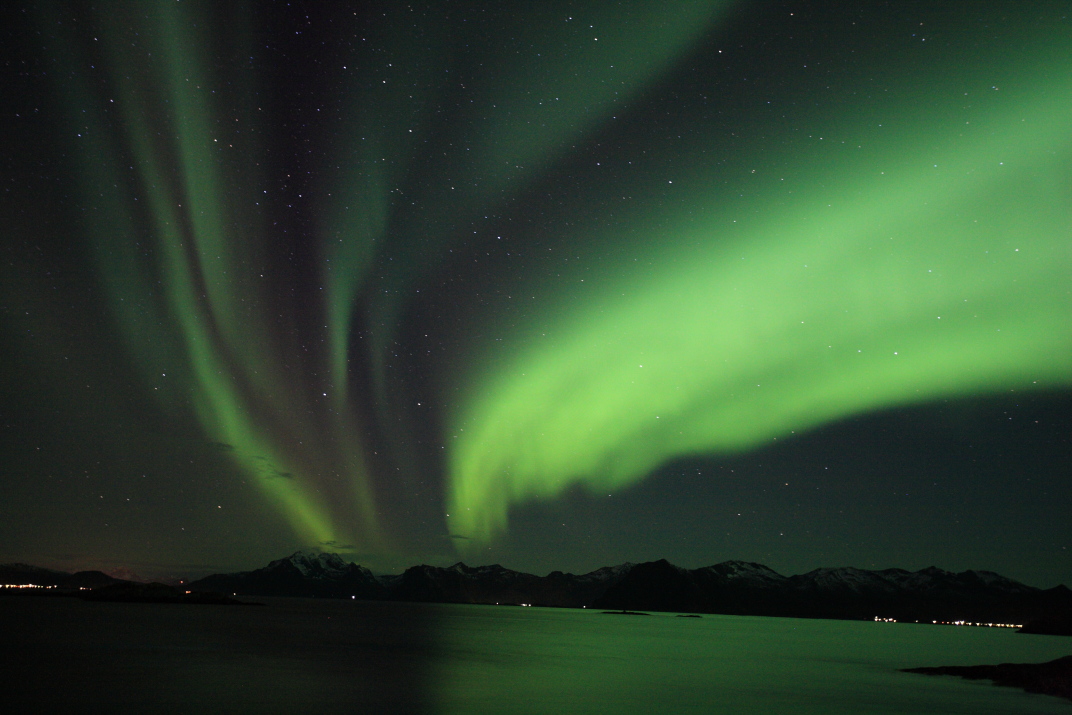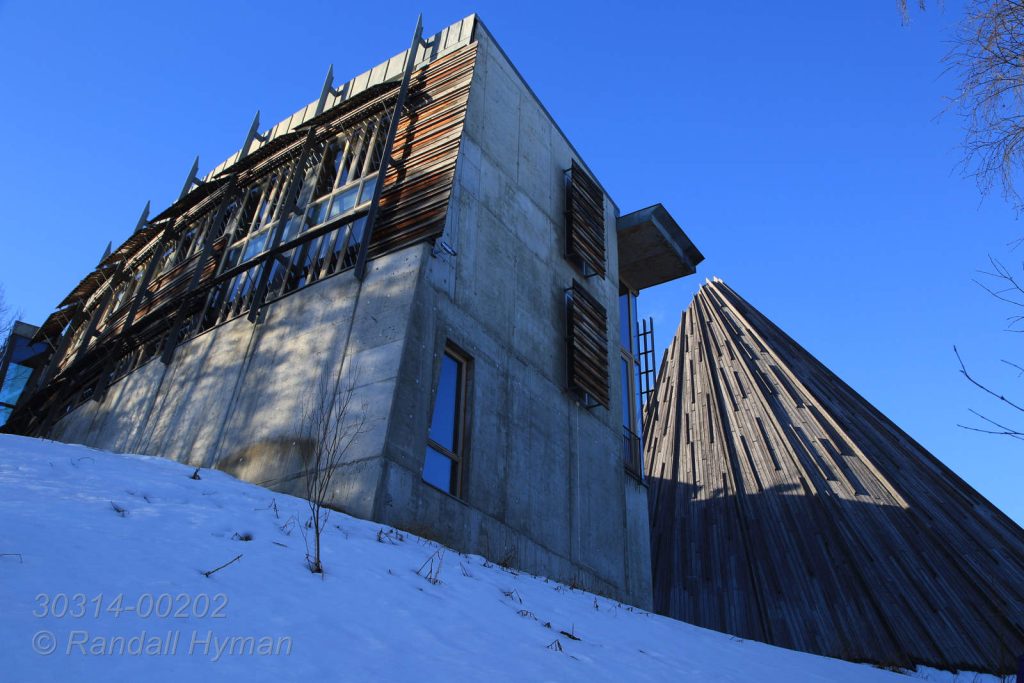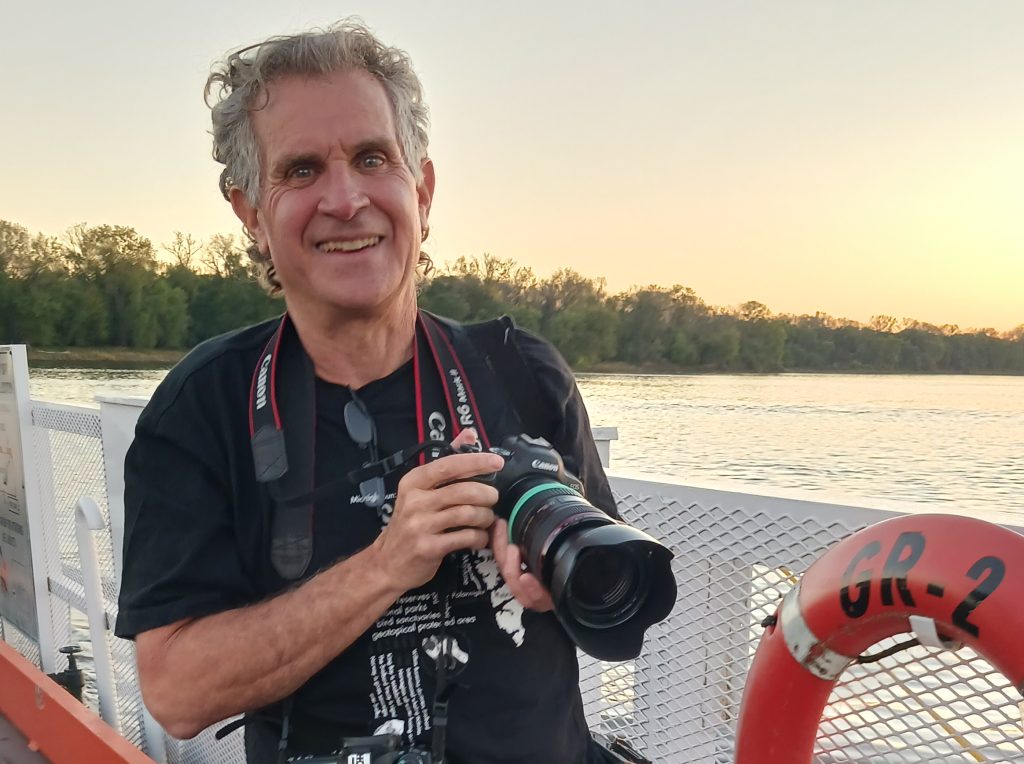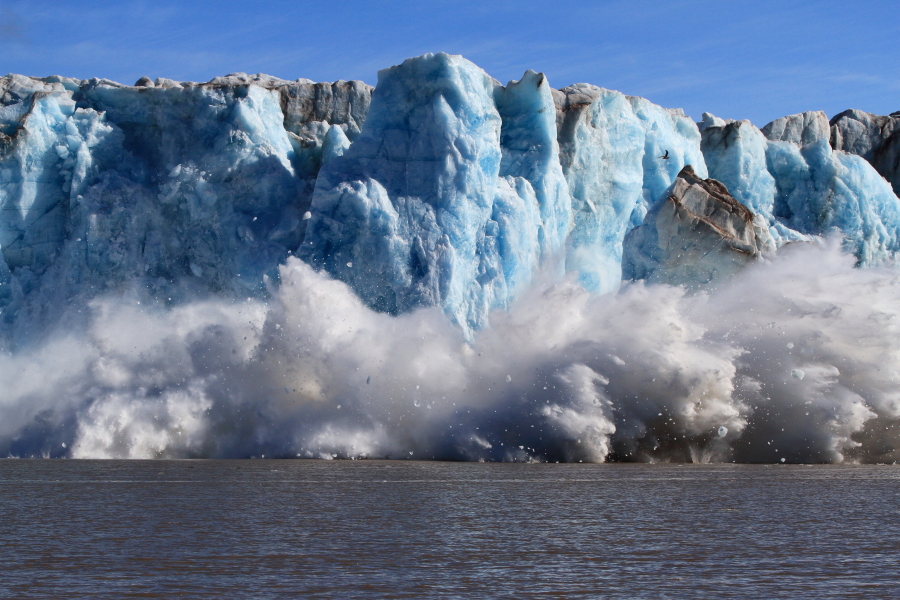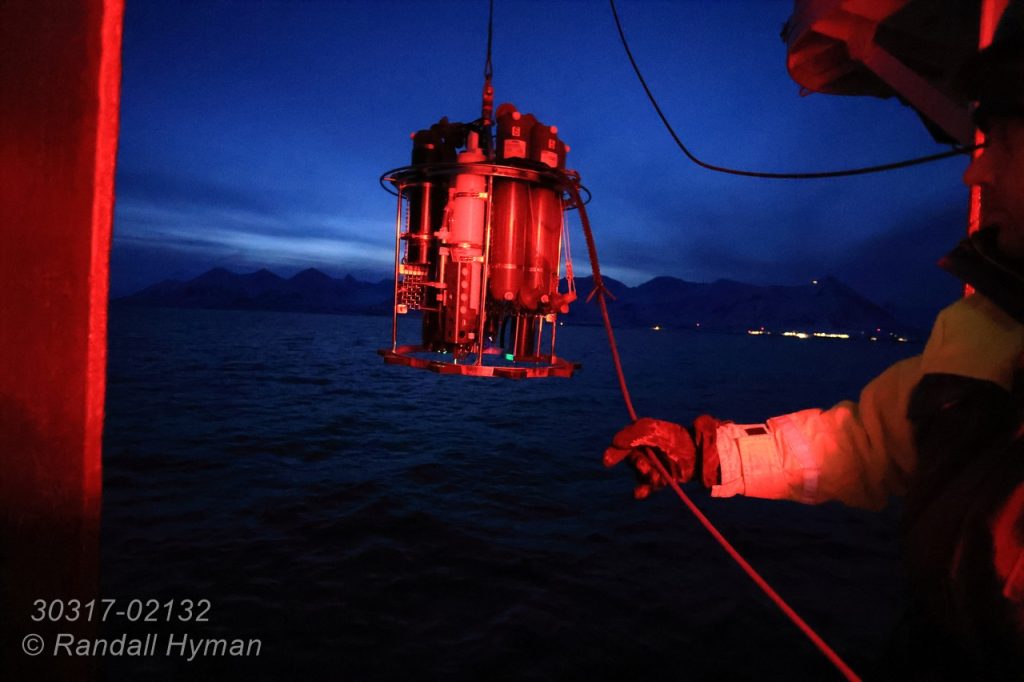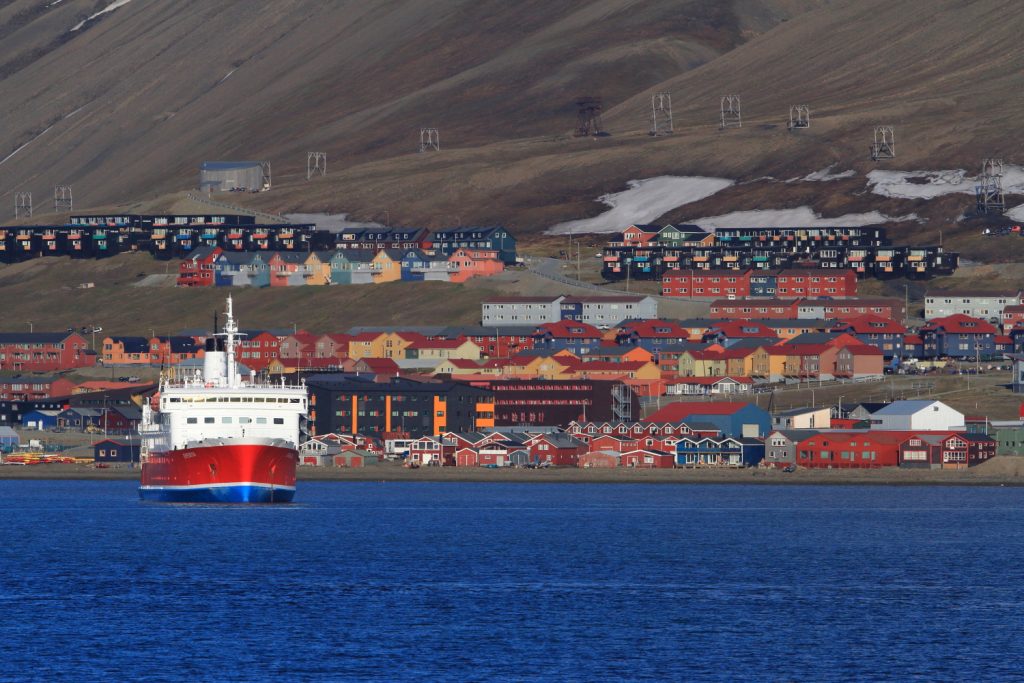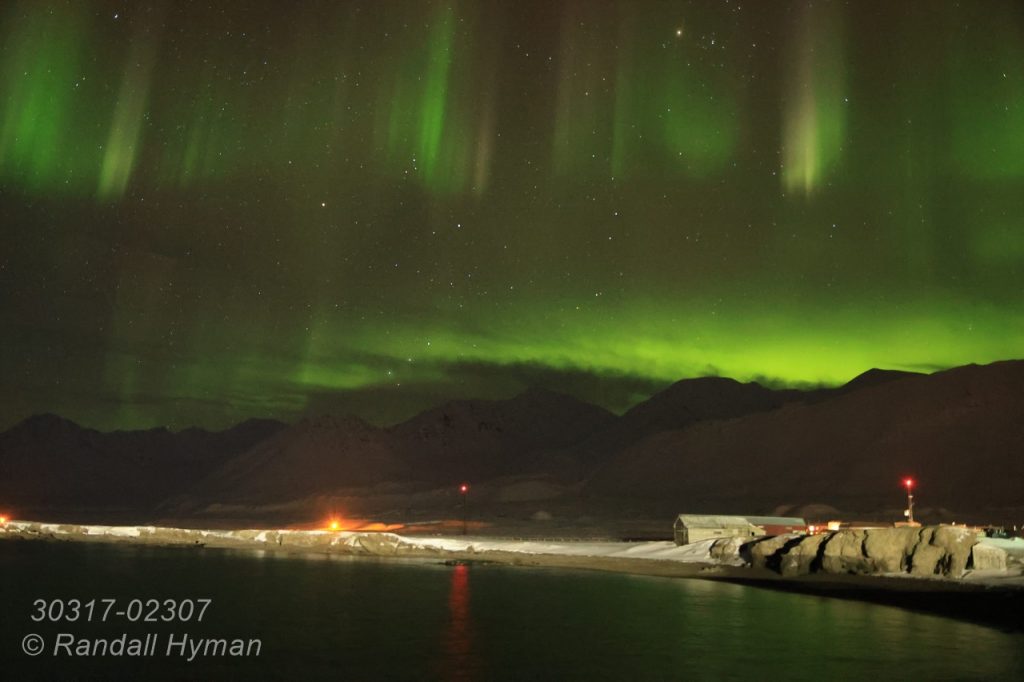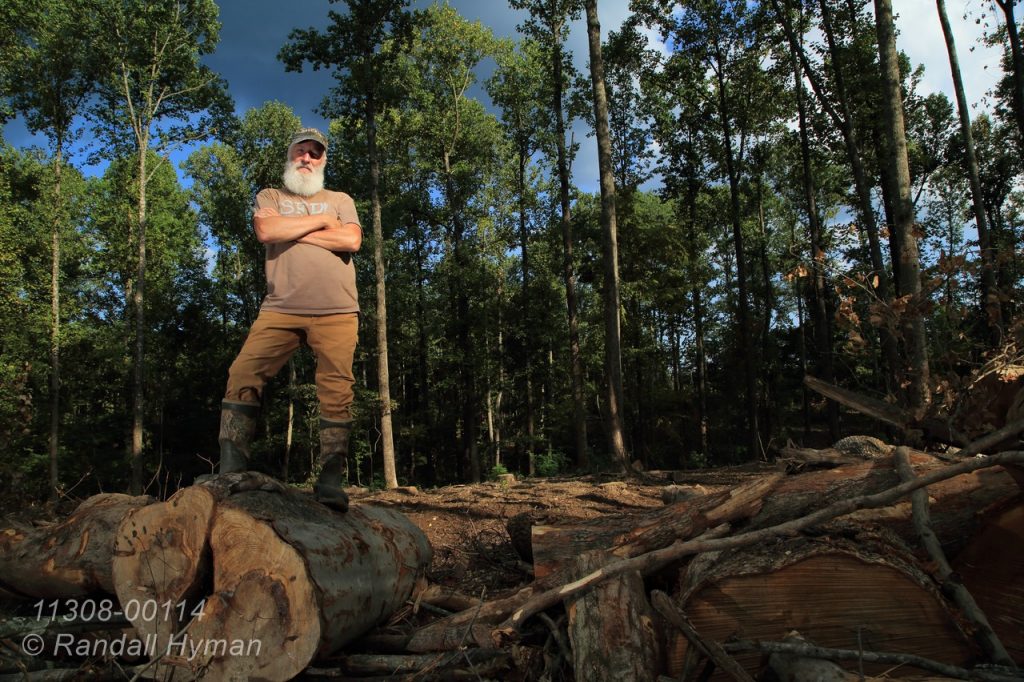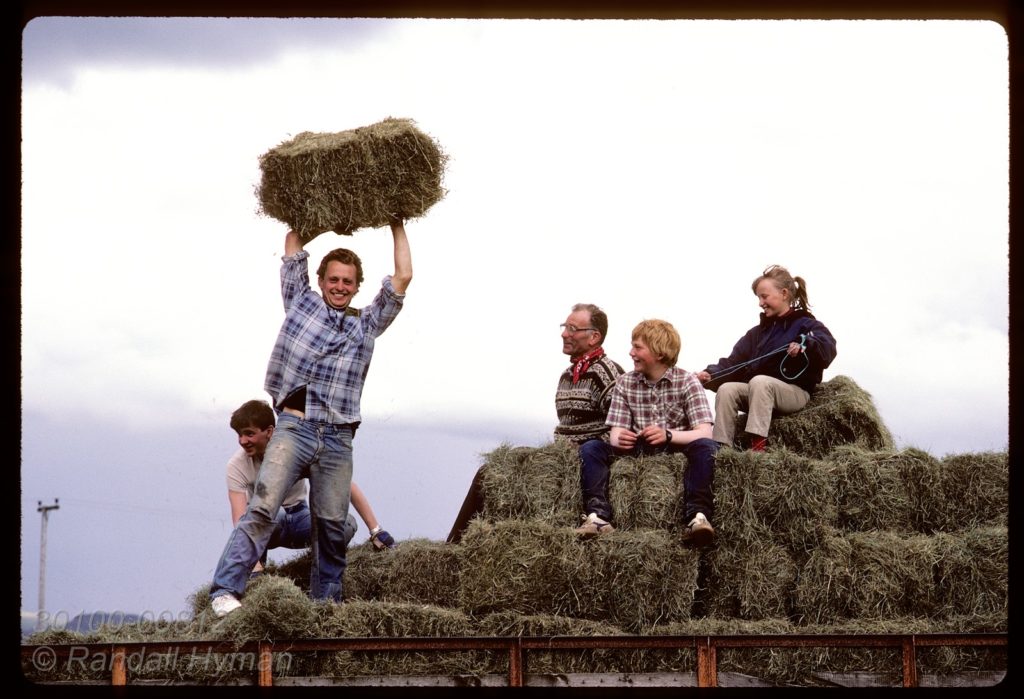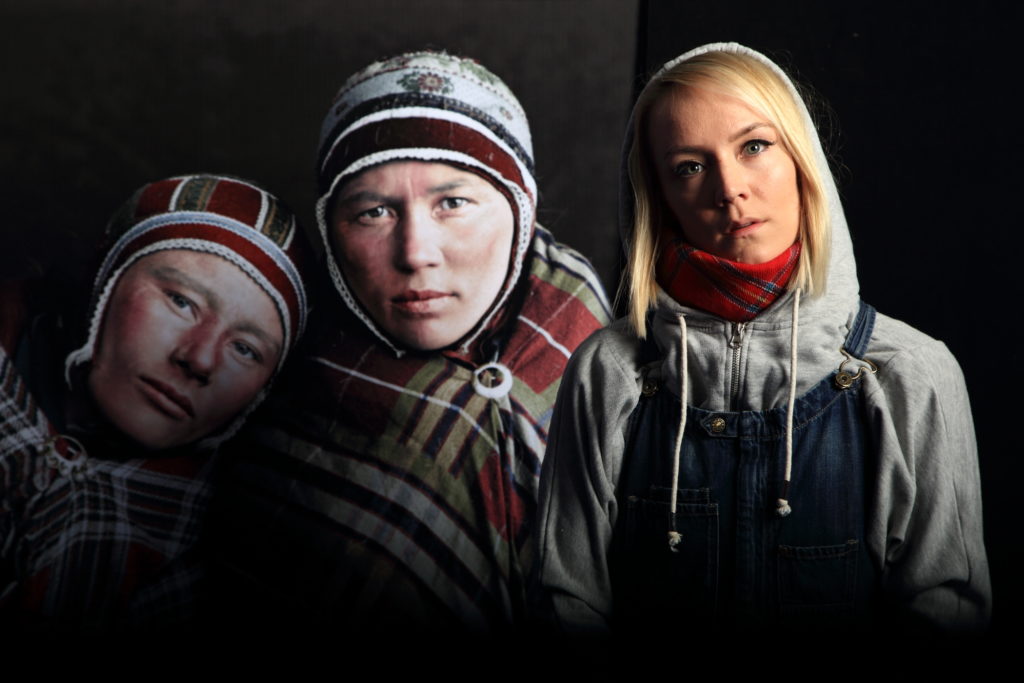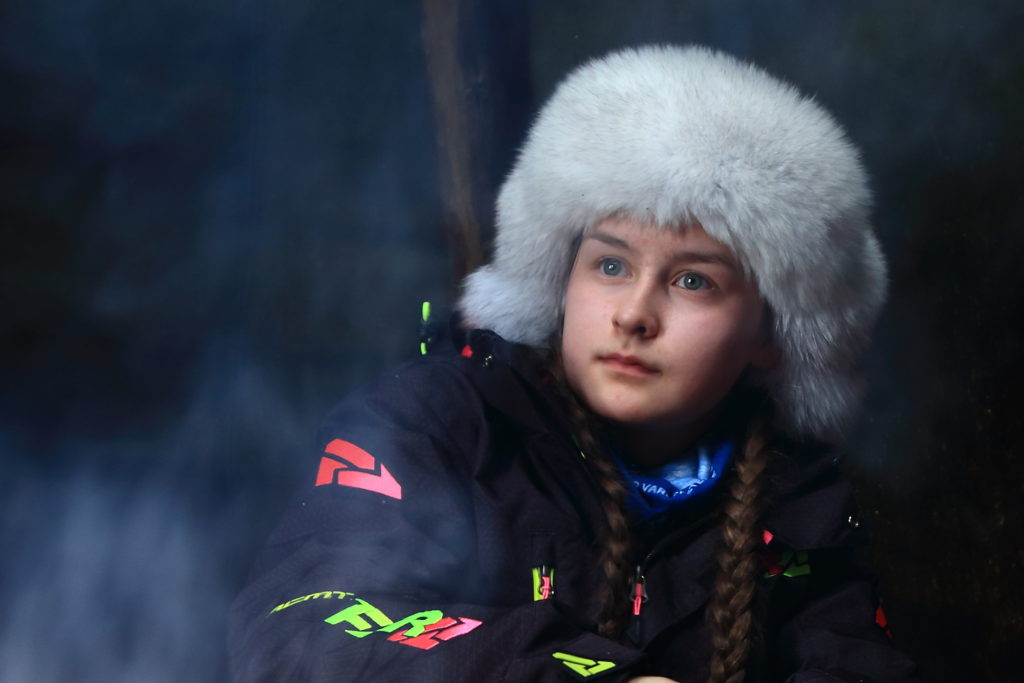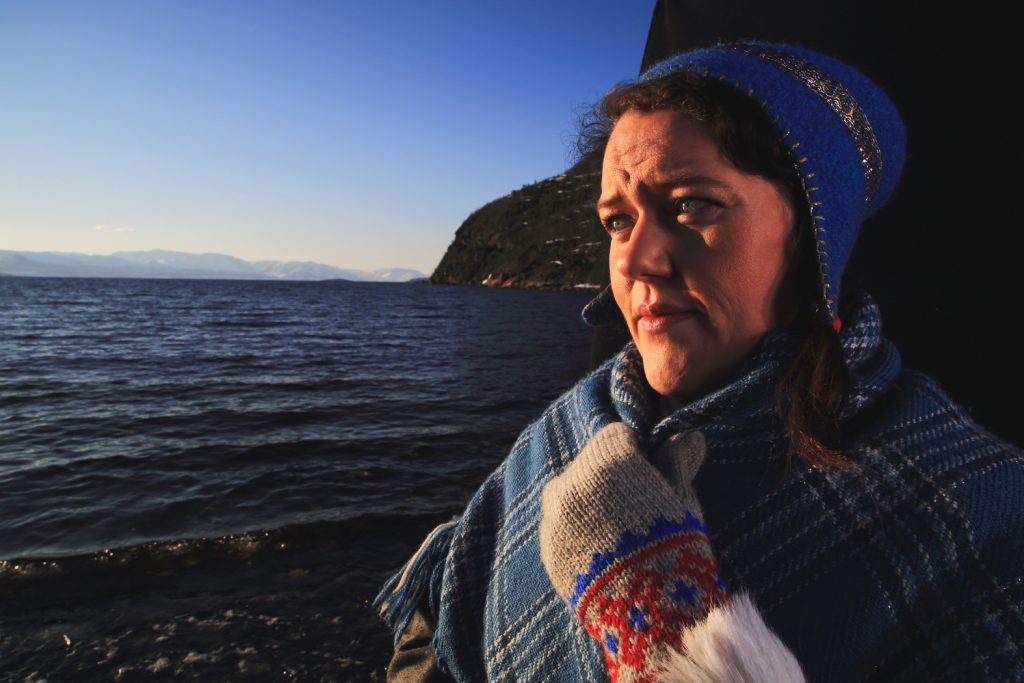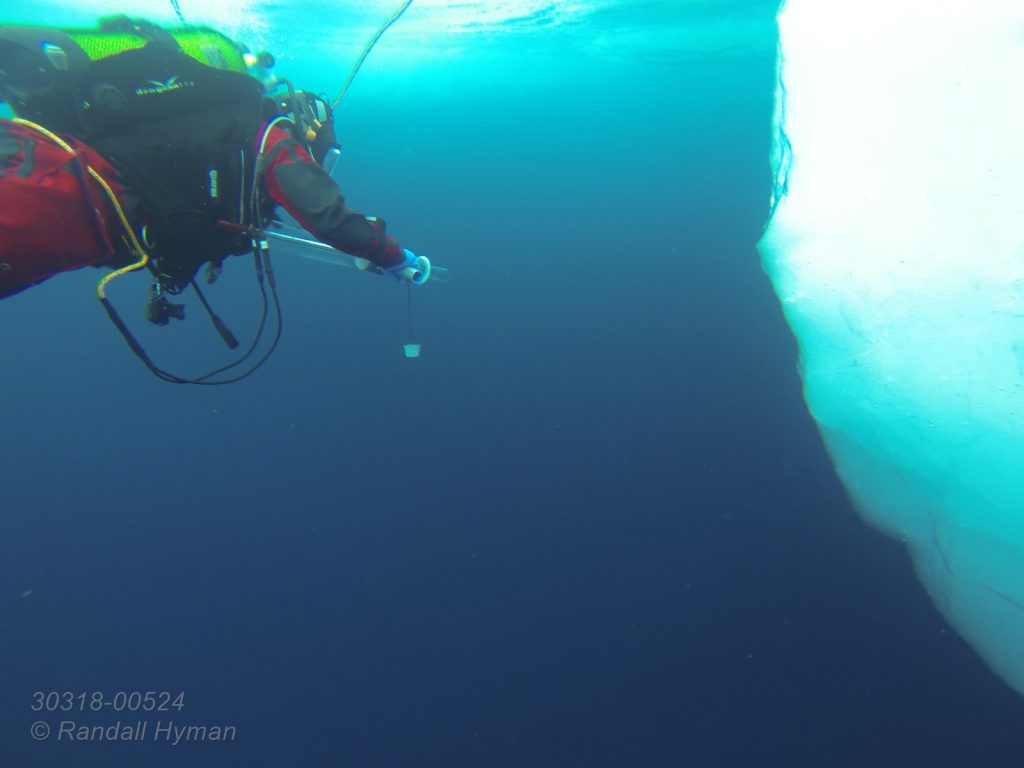Researchers may have solved a climate enigma — the inexplicable surge in global temperature in 2023, rising faster than climate models predicted. Analyzing satellite data and weather records, climatologists in Germany found that the culprit is likely fewer clouds at low altitudes — lower than about 10,000 feet (3,000 meters). Clouds play a crucial role in keeping Earth cool by reflecting sunlight back into space, and clearer skies mean more sunlight reaches Earth. The decrease of low-level clouds had gone previously unnoticed because satellite imagery can conceal low-level clouds beneath higher clouds. Clearer low-level skies may be a result of global warming itself, possibly a feedback loop that accelerates warming further.
CLICK PHOTO TO READ ARTICLE:
